A special guy up for a very special award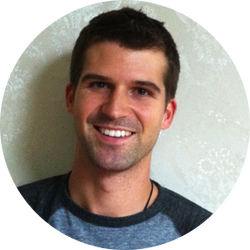 Any PE teachers who are connected through social media have definitely come across the work of Joey Feith and his website ThePhysicalEducator.com. Although Joey and I have collaborated and communicated online over the past 3 years, I had the chance to meet him in person for the first time this past December in his hometown of Montreal. Simply put, Joey is one of the finest teaching professionals that I have come across. His devotion to improving physical education instructional practice around the world is evident in all that he does. Joey was recently nominated for a Shorty Award in the category of education and has received a great deal of support from his followers around the world. My thought of today is dedicated to Joey for all that he does in making us better educators. He is selfless with his time and energy and very deserving of getting this award. If you have not seen Joey's work (which I doubt!!), please click on the photo below. Take the Time to Vote and Support Our Man Joey Feith
Joey is a humble man and despite the endless hours he puts into sharing his resources, ideas, and teaching strategies, he never asks for anything in return. If you have not yet voted for Joey, please take the time to visit the link below to cast your vote. Simply click on the photo of the Joey's nomination below. Every single vote counts for Joey and I know that he is extremely appreciative of everyone who has supported him. Thanks for taking the time to read this blog post. Good luck Joey!
0 Comments
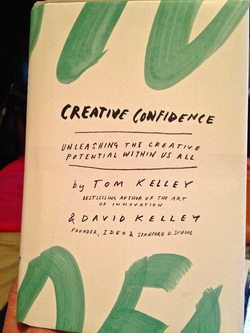 Over the past couple of weeks I have been deeply immersed in a great book called Creative Confidence written by David and Tom Kelley. The book delves into many aspects of creativity and innovation giving specific strategies to bring out the best in all of us whether it be in education or in business. Although I feel as though there are a zillion things from the book I could blog about that have resonated with me, I am focusing this post on one thought only and am writing it solely from the perspective of education. As teachers, some of us are always striving to have perfect lessons (or nearly perfect). Often times we can get so caught up in thinking of ways to create these perfect lessons that we become unaware of precious time lost. Here is a great thought from Creative Confidence found on page 123. I underlined it immediately after reading it for the first time. So simple in nature but so very true. Don't let your inner perfectionist slow you down. My takeaway is that when we have good ideas, let's run with them from the get go. The only way to test out their effectiveness is to put them into practice while these ideas are fresh. The more we put into practice, the more we can adapt, mould and perfect as we go. The nature of repetition itself lends itself to steady improvement over time. So I say take those great ideas and get started with them. No need for perfection right away. Chances are if you are a thoughtful, caring, and well-organized teacher the ideas you are putting into practice are going to be good ones.
Try out those ideas you've had on the back burner forever. Make it happen. Learn from any mistakes made (there are sure to be some of course) and keep pushing the learning forward. Your thoughts? Thanks for reading. Students Describing What Being Fit & Healthy Means to ThemI may be setting myself up for disaster, but I am super pumped about the way I am delivering my grade 5 fitness unit here in Nanjing, China. Traditionally fitness units are taught in a way that has students take part in fitness testing at the beginning of the unit and the end of the unit. They are taught different fitness activities related to cardiovascular fitness, muscular endurance, flexibility etc. The students are then required to rotate through different stations and record their own data to be used as a measurement to see what gains they have made. In some cases, students are allowed to set goals and create their own fitness plan as they work through the unit. These are excellent ways to teach a fitness unit and I have used several of these methods in the past myself. However, I am switching things up this time around and believe I have sound pedagogical justification for doing so. Who is responsible for level of fitness? This is a key question that I posed to my students at the beginning of the unit. Using adults as an example, we discussed the fact that adults make their own health related choices. Nobody forces an adult to live a healthy lifestyle. Level of fitness is a very personal choice. As PE teachers we can stress the importance of being fit and being active, but can we force our students to take action in regards to the important messages we impart on them related to fitness? We can HOPE that they will listen and that we inspire them to value fitness. However, the reality is that it is a very personal choice whether we are an adult or a young person. This is very much the angle that I am taking the rest of my grade 5 fitness unit. The message boils down to what is written below. Your level of fitness is a very personal choice. You own the decisions that you make. Your level of engagement and effort is completely your choice. Brief overview of the plan for this unit There are certain non-negotiable activities that the students must take part in this unit. They must do a fitness test at the beginning and end of the unit. They must also take part in a 10-minute challenge each class. See video below of this 10-minute challenge. They must learn how to take their own heart rate and record their BPM on a data sheet. They will also be responsible for recording other fitness related data throughout the unit. However, the big change is that the students will set their own goals, but be allowed to pursue these goals in any way they want. For example, I will allow the use of basketballs, soccer balls, badminton equipment, skipping ropes etc. They will design their own fitness plans and work toward the goals that they set for themselves. I will have actual fitness circuits set up that they can follow if they want or need a more structured and organized approach. They must choose areas that they want to improve upon such as cardiovascular fitness, muscular endurance, flexibility etc. If I allow them these broad parameters, then it becomes easier for me to see how engaged they are in this unit. I will not force them to do anything but I will certainly be observing their actions in PE. I will also be sending a letter home to parents to also observe for any noticeable changes in regards to the level of physical fitness activities done on weekends and after school. I plan on taking walks during recess time to also observe whether or not they are more active than normal. I am looking to see whether or not students are taking action in regards to their level of fitness. Driving Question of the Pre-Assessment PhaseAs it is critical to check prior knowledge at the start of any unit, I posed the following question to my grade 5 students and recorded their ideas (see question on poster below) I created a visual using the ideas from two out of the three grade 5 classes that I have in PE. I then allowed the third grade 5 class to add new ideas or extend upon ideas already presented. The ideas from this third class are highlighted in orange (right). Check out the 2 visuals below. Below you can see a short video of how my students and I developed the ideas in orange that you see on the poster on the right. I plan on creating a second visual which asks the same question in a couple of week's time (after 4 classes to be exact). We will look at further breaking down what being fit means hopefully hitting upon new vocabulary used and drawing upon the bigger concepts in this unit. Putting it into action
|
| The Learner Profile Communicators Open-Minded Reflective Principled Caring Thinkers Inquirers Knowledgeable Balanced Risk-Takers | The PYP Attitudes Commitment Cooperation Enthusiasm Respect Curiousity Tolerance Independence Integrity Appreciation Creativity Empathy Tolerance |
Whenever possible I try my best to recognize when my students authentically display any of these skills in PE. I observe closely and when I do see that a student is genuinely putting into practice any of the learner profile attributes or the PYP attitudes, I follow 7 easy steps to help celebrate their success.
1. Discuss with the student why I am giving them this recognition.
2. Take a photo as soon as possible of the student in action.
3. Create a recognition poster after the class.
4. Give the poster to the classroom teacher so that they can show the class and have a quick discussion about why the student is being recognized.
5. Send a copy of the poster to the student's parents by email to keep them informed.
6. Once the poster is returned back to me from classroom teacher, I put it up on my PYP PE display board in the main hallway of our school.
7. The poster is usually up for a couple of weeks before being taken down and filed away in the student's Sportfolio.
Keeping Students Motivated
I believe that recognizing and celebrating student success in this way works to truly motivate and inspire them to be the best that they can be in PE. I have used this strategy for years but continue to refine the process to make it more meaningful to my students. I love seeing how proud they are when getting this recognition. It always makes my day! Thanks for reading.
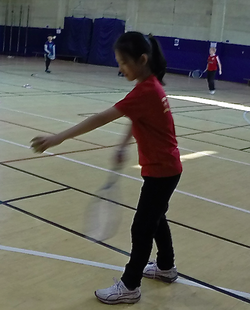
Using equipment from tennis, table tennis (ping pong), and badminton, I allowed the students to safely explore using this equipment in a sensible manner. They were instructed that they had to try their best to control the ball or shuttlecock either by themselves or with partners. During this pre-assessment phase of the unit, they were encouraged to truly think about how well they could control the ball and/or shuttlecock. No nets were used at this time as the focus was on the most basic use of this equipment.
After about 15 minutes, the students gathered around me to discuss what problems they faced and helped to answer the following question, "What are some major problems that we must overcome during the Net Games unit?". If we can get our students to think of major obstacles and problems that stand in the way of their learning ahead of time, we are putting them in a much better position to achieve success. It is a very differentiated approach as obstacles will no doubt vary from student to student. Getting them to identify these problems puts ownership in their hands as well and serves to decide which direction to take our lessons, especially in the early stages of a unit.
I was happy that they came up with the idea of being frustrated or not very confident as it allowed me to address the importance of having a growth mindset vs a fixed mindset. Being growth minded is something that I always stress as being critical to success in learning.
Please see the simple visual that we created in today's net games lesson. It was a great way to start the unit and the visual itself will definitely be used to generate further discussion over the next few classes. I will also use this visual to help introduce the important student learning outcomes for our net games unit.
Assess, Reflect, Reassess
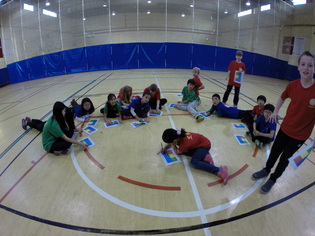
Once the students completed this task, they shared their thoughts with a partner. Once done this initial fitness assessment, my goal was to have them participate the rest of class in a number of games in the moderate to rigorous intensity zone. They were encouraged continually to reflect upon their current level of fitness. Although we did not go too deeply into what being fit means, our general discussion was directed at getting them in tune with the fact that level of fitness matters when participating in games.
I won't go into a description of all the games played, but a great opener was what I call "Leg Battle". The students square off with a partner. The object of the game is to get into a fight stance and using their hands be the first to make contact with any part of the leg of their partner. Each person is allowed to defend by using their hands to block the attack. Whoever makes contact first scores a point. However, once a partner makes contact, they must immediately run away. The other person has ten seconds (counted out by the chaser...."One 1000, Two 1000, Three 1000 etc.) to chase down and tag their partner. If they do, they score a point then the battle begins again. If they cannot tag their partner in time, the other person gets a second point. The battle then resumes. Here is what it looks like.
To me the most important thing in this class was just getting the students to initially assess themselves in regards to what they believe to be their current level of fitness. There was no need to go into great detail about what being fit means at this point as my intention is to really dig much deeper into what being fit means as the unit progresses. Bearing this in mind, I felt that it would be good to get my students to reflect on their performance in the activities done in today's class and offer them a chance to reassess their current level of fitness (with justification for their rating).
The students were allowed to assess themselves in the same category of course. I only asked that they write one or two sentences to reflect on how well they thought they had done in the activities. Were they able to fully participate? Did they need extended rest periods between activities? These were some of the questions I asked them at the end of class. I then had 2 of my students explain how the Assess, Reflect, Reassess cycle allowed them to really think about their current level of fitness. This is what they had to say.
I believe that today's class went well and for the most part, the students grasped the idea behind the initial fitness self-assessment. They understand that we are moving into a fitness unit and that measuring fitness is important in order to see improvement. Over the next couple of classes we will still be in the pre-assessment phase of this unit taking one step at a time in breaking down what being fit means. I am very much looking forward to this unit. Please see an example of a student self-assessment sheet below. Thanks for reading.
Education is not the filling of a pail, but the lighting of a fire.
-William Butler Yeats
Effective professional development must help to sustain motivation
How are we to create long term positive change in student learning if we do not maintain a high level of motivation? As educators, often times we walk away from PD sessions feeling this spark of inspiration and fully intend on implementing all of the great strategies we've learned. However, the reality is that this feeling of motivation and inspiration can fade away quite quickly if we are not careful. My wish would be that the organizers of professional development teach more strategies that help maintain teacher motivation over time, but there are definite things that we can do to help us stay motivated on a more consistent basis. Maintaining this motivation does not rest solely on the shoulders of our schools, we play a pivotal role as well in staying motivated.
I think that the biggest change maker in staying motivated is taking initiative to set goals and to actively pursue these goals by connecting with other like-minded educators. Share what you read, compare notes, talk about strategies that work, seek out strategies to improve by asking other teachers what works. Get your minds racing with ideas and then slow the process down to focus on some big ideas that you want to try out. Keep a journal to record your thoughts and ideas. Draw pictures of your ideas and map out what they look like. Bring as much creativity and innovation into your practice. Share Share Share!! Find your inspiration in the work of those you admire. All of the above help me to maintain my motivation on a more consistent basis and have made me better at what I do. Still a long way to go, but I feel as though I am on the right path. Thanks for reading.
“Courage is only the accumulation of small steps.”
Gyorgy’s quote makes me reflect on my own pattern of teaching and to ensure that I am constantly creating a warm and inviting environment that allows students to learn at a pace that they can handle, but challenges them at the same time. Getting them to understand that courage is about taking risks and success comes over time, provided effort and determination are ever present. Teaching our students that courage is only the accumulation of small steps will help to alleviate the unnecessary pressure that they may feel which can greatly slow development and learning.
Author
KAUST Faculty, Pedagogical Coach. Presenter & Workshop Leader.IB Educator. #RunYourLife podcast host.
Speaker. Husband, Father, Golfer #Physed #TedX
Archives
September 2022
August 2022
July 2022
June 2022
May 2022
April 2022
March 2021
October 2020
January 2020
August 2019
June 2019
May 2019
April 2019
November 2018
October 2018
September 2018
June 2018
March 2018
February 2018
January 2018
December 2017
November 2017
July 2017
June 2017
May 2017
April 2017
November 2016
September 2016
August 2016
June 2016
May 2016
March 2016
February 2016
January 2016
December 2015
October 2015
September 2015
August 2015
May 2015
April 2015
March 2015
February 2015
January 2015
December 2014
November 2014
October 2014
September 2014
August 2014
July 2014
June 2014
May 2014
April 2014
March 2014
February 2014
January 2014
December 2013
November 2013
October 2013
September 2013
August 2013
July 2013
June 2013
May 2013
April 2013
March 2013
February 2013
January 2013
December 2012
November 2012
October 2012
September 2012
August 2012
June 2012
May 2012
April 2012
March 2012
February 2012
January 2012
December 2011
November 2011
October 2011
September 2011
August 2011
July 2011
June 2011
May 2011
April 2011
March 2011
February 2011
January 2011
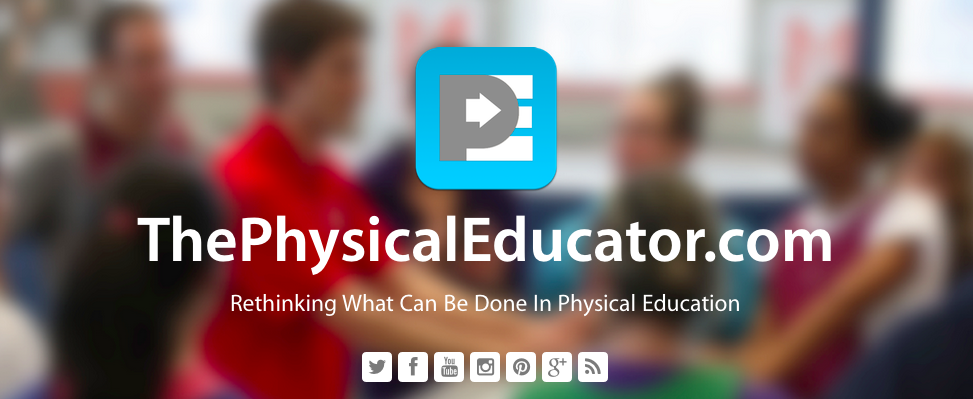
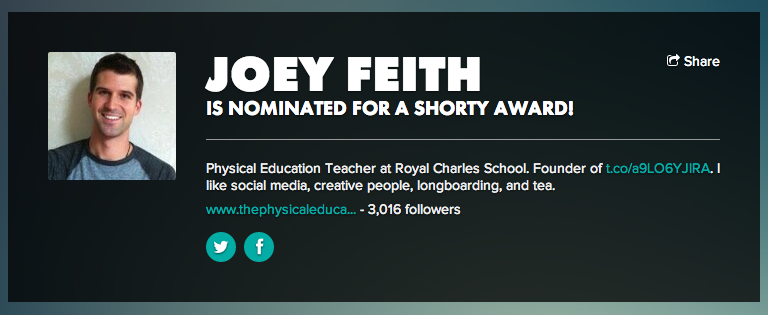
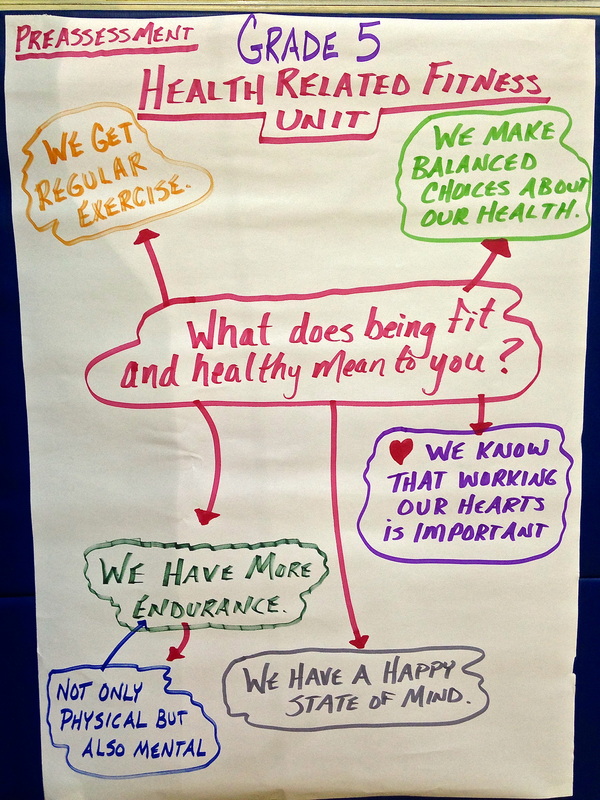
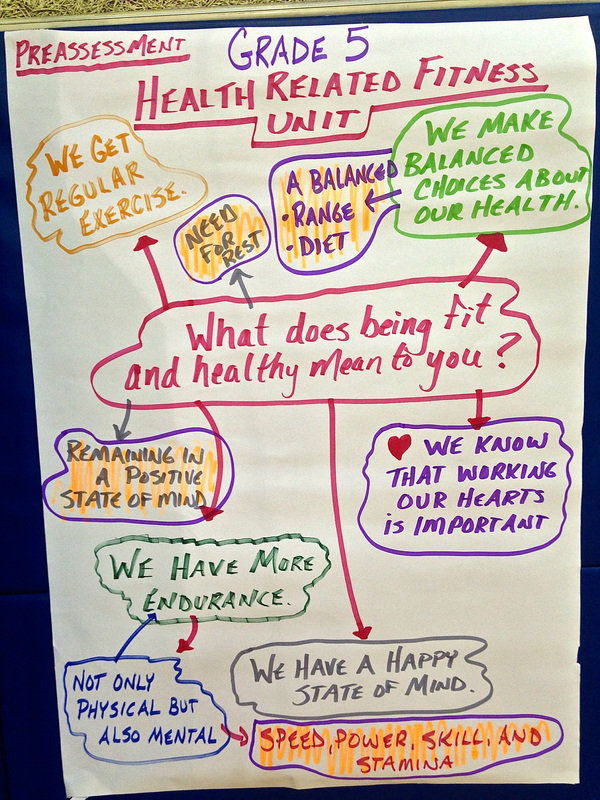
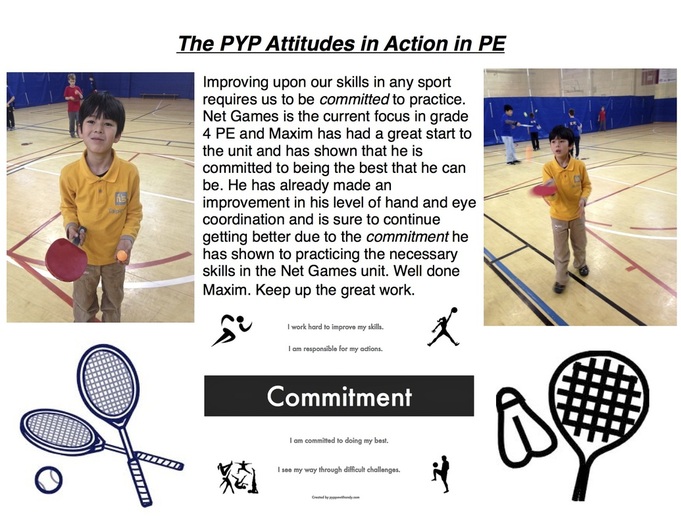
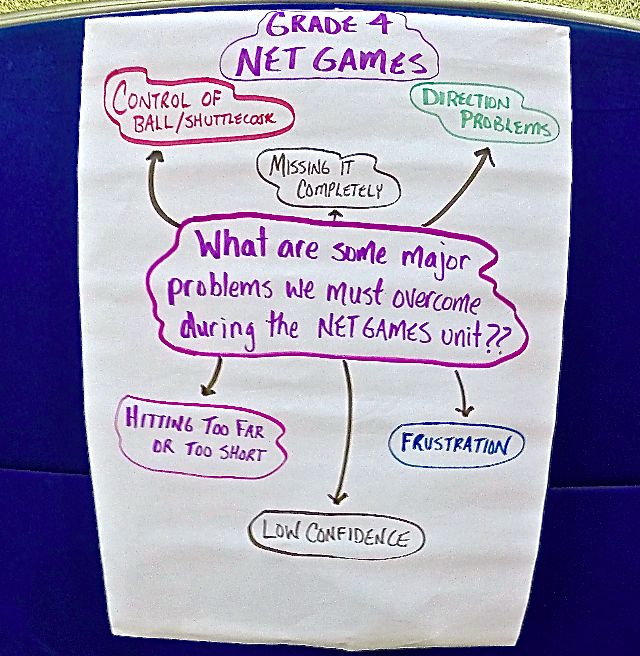
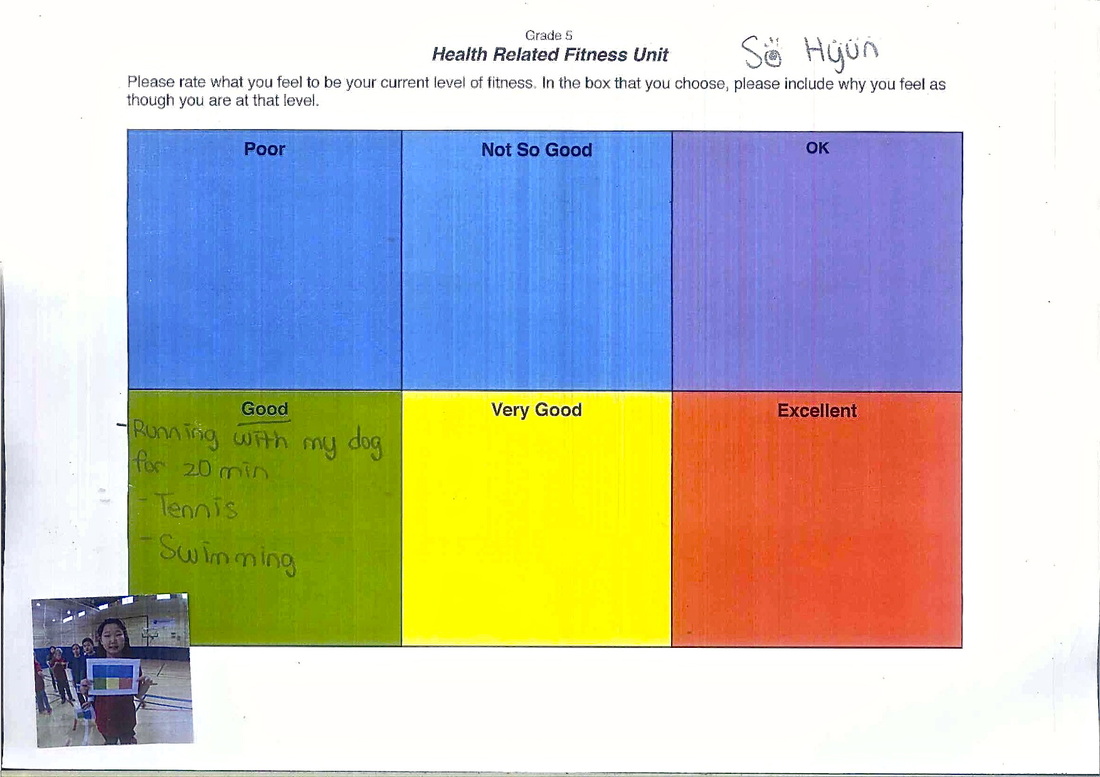
 RSS Feed
RSS Feed
